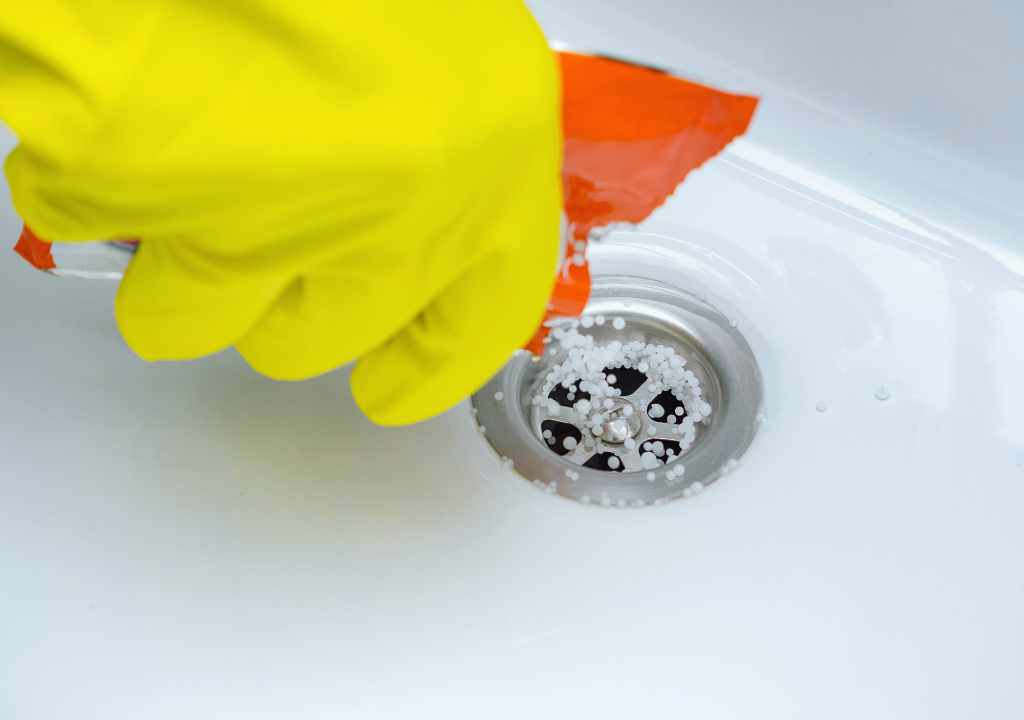Poor drainage in older Sydney bathrooms is a common issue that can lead to persistent damp, structural damage, and unhealthy indoor environments. Many homes built before modern waterproofing standards struggle with outdated plumbing, incorrect fall gradients, or blocked drains. These problems often cause water pooling in the shower recess, slow-draining basins, or visible mould and dampness on nearby surfaces.
This article explains what causes drainage issues in Sydney’s older homes, how to recognise early warning signs, and how to fix them properly. Whether you’re planning a full renovation or simply trying to resolve a recurring problem, you’ll find clear guidance that reflects Sydney’s unique soil conditions, construction methods, and building codes.
Quick Take: Why Older Bathrooms Drain Poorly
- Outdated designs lack proper floor gradients and drain positioning
- Old plumbing systems are prone to blockages and cracks
- Reactive clay soils cause ground movement, misaligning pipes
- Poor waterproofing lets moisture affect subfloors and walls
- Patch repairs won’t resolve issues rooted in structure or layout
Why Drainage Issues Are Common in Older Sydney Bathrooms

Is ageing plumbing to blame?
Yes — older pipes often clog, crack or sag due to wear and soil movement.
In homes built before the 1980s, galvanised steel and clay pipes were standard. These materials corrode and deteriorate over time, allowing leaks or tree root intrusion. In areas like Newtown, Marrickville, and Leichhardt, where many Federation-era homes remain, such drainage failures are common.
Do older bathroom layouts contribute to poor drainage?
Yes — legacy designs don’t meet modern drainage regulations.
You’ll often find:
- Floor tiles laid without consistent fall toward drains
- Shower bases without a separate waste outlet
- Combined waste lines handling multiple fixtures
Modern bathrooms typically have separate wet zones, sloped screeds, and individual floor wastes to prevent pooling and seepage. These are now standard features in professional bathroom renovations across Sydney that address both design and compliance.
How does subfloor movement affect drainage?
Reactive soils can shift or distort plumbing over time.
Many Sydney homes sit on clay-rich soil that expands during wet periods and contracts in dry conditions. This movement causes pipes to sag or disconnect, leading to slow flow or backups. It also disrupts bathroom floors, reducing effective drainage fall.
Spotting the Signs of Drainage Failure
What symptoms suggest a drainage problem?
Water buildup and musty smells are early warning signs.
Look for:
- Pooling water around the shower, even hours after use
- Grout discolouration or persistent mildew
- Peeling paint or bubbling plaster near bathroom walls
- Swollen or damp skirting boards in adjacent rooms
These symptoms often worsen during wet weather or when the bathroom is used more frequently.
Does slow draining always mean a blocked pipe?
No — it can also signal poor fall, inadequate venting, or layout flaws.
If you’ve cleared hair and debris but water still drains slowly, the problem may lie in the subfloor or outlet configuration. Gurgling noises and water backing up in nearby fixtures also point to ventilation or pipe alignment issues.
How to Fix Drainage Problems the Right Way
Can I fix slow drainage without renovating?
Only if the problem is surface-level and not recurring.
You can try:
- Cleaning out grates, s-traps and waste covers
- Applying enzyme-based cleaners to dissolve organic matter
- Replacing damaged or low-flow drain fittings
These upgrades are often integrated into a full bathroom renovation in Sydney, especially in homes with ageing plumbing or heritage layouts. However, recurring issues usually require deeper investigation.
What’s involved in resolving underlying drainage issues?
Proper solutions require structural correction and professional waterproofing.
- Use a CCTV inspection to find cracks, root ingress or collapsed pipes
- Re-screed floors to correct fall to new floor waste positions
- Install separate shower and basin outlets where possible
- Lay waterproof membranes to AS 3740 standards
- Re-tile with exact fall angles and flush floor finishes
These upgrades are often best tackled during a broader renovation.
Should You Repair or Renovate?
Is your waterproofing failing in multiple places?
Yes — if water escapes into other rooms, renovation is the safer choice.
When grout fails, tiles lift, or surrounding floors become damp, repairs alone won’t prevent further damage. Renovation ensures new waterproofing, layout correction, and long-term durability. That’s why many homeowners choose to combine drainage repair with a complete bathroom upgrade in Sydney that meets modern standards.
Are you planning to change the layout anyway?
Yes — renovation allows drainage fixes and layout upgrades together.
Repositioning the shower or vanity is the perfect time to re-run waste lines, improve drainage flow, and update waterproofing. Modern layouts also enhance space use and ventilation.
Preventative Tips to Maintain Healthy Drainage
- Get plumbing inspected every 3–5 years by a qualified tradie
- Install hair traps and clean grates fortnightly
- Avoid harsh chemical drain openers — use enzyme solutions
- Maintain adequate ventilation via fans or openable windows
- Reseal grout lines annually to prevent water ingress
What to Do Next
Drainage issues in older Sydney homes are rarely cosmetic. They stem from outdated materials, misaligned pipes, or structural slope problems. Fixing these properly means going beyond patch jobs — and working with people who understand the complexities of heritage homes.
Empire Tiles partners with experienced bathroom remodeler across Sydney who prioritise waterproofing compliance, proper drainage design, and long-term results. We help homeowners upgrade wet areas to suit modern standards while respecting older homes’ character.
To see how drainage correction fits into a quality upgrade, visit our bathroom renovations in Sydney page.
Resources
- NSW Fair Trading: Bathroom Plumbing and Waterproofing
- Master Plumbers Australia: Common Plumbing Issues in Older Homes


